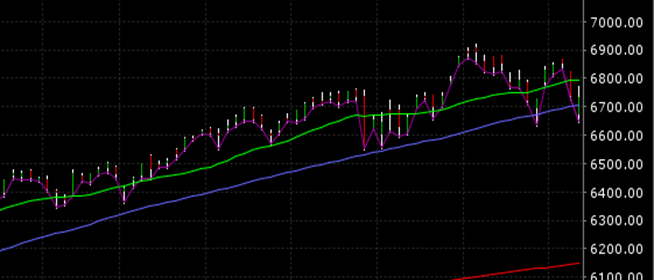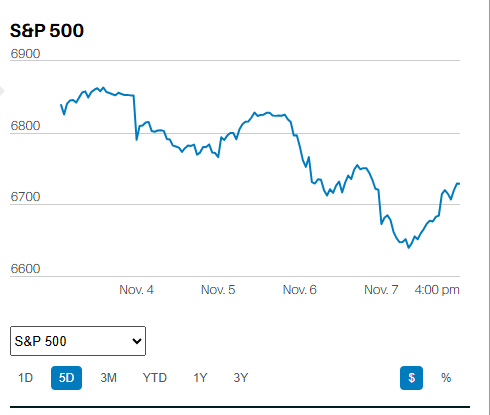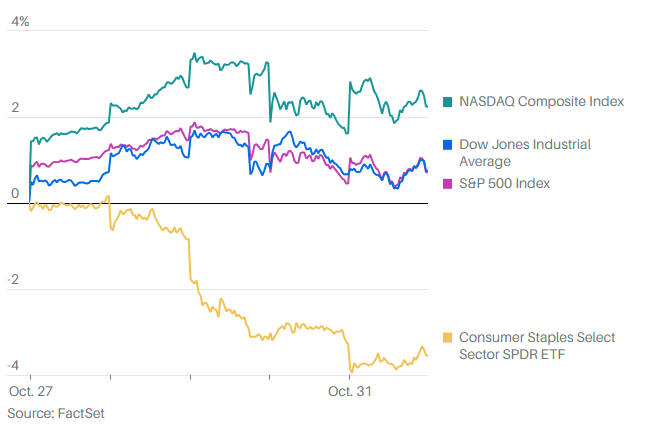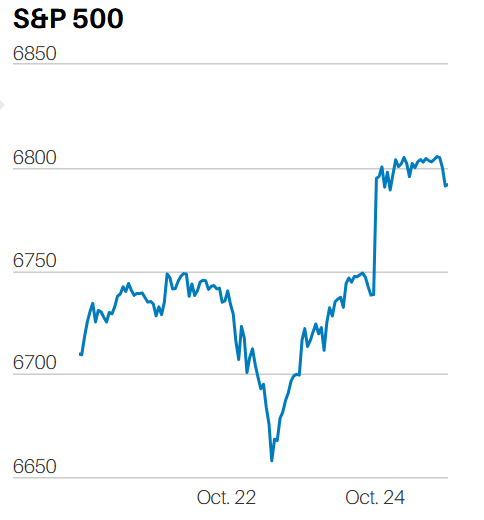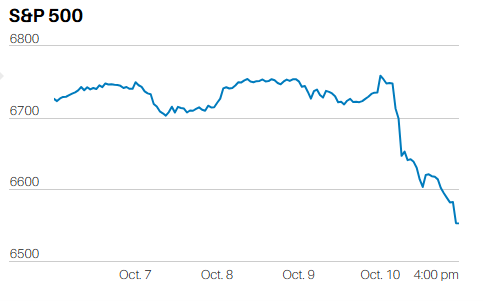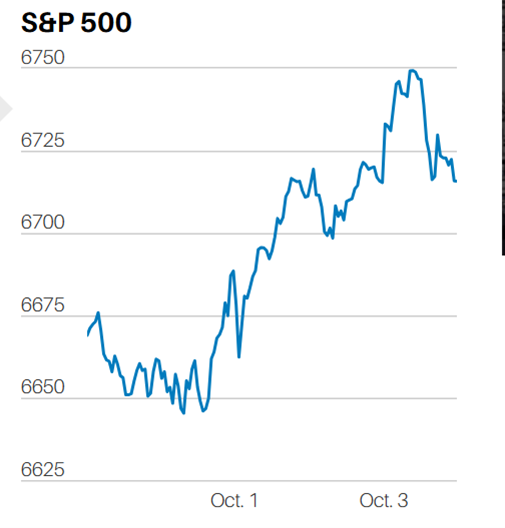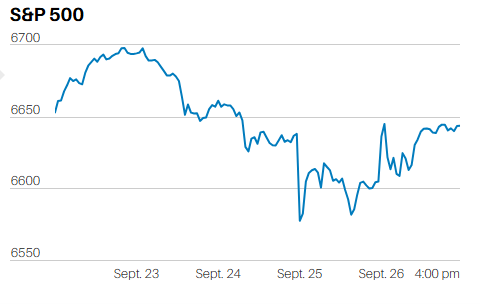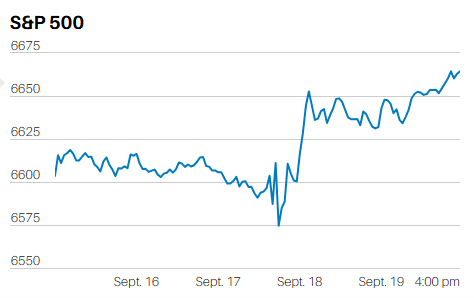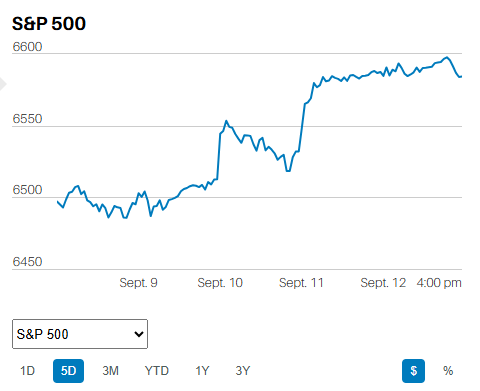
From the Bleachers Vol. 1
Far from a certainty, but more likely than not, we’ll see some retracement towards the recent low in the coming weeks.
The market lost 20.2% from its all-time high in late September to its 52-week low in late December. It has since bounced 248 points, or about 10.5% from the low. There’s a pretty good chance the market will fall again, perhaps reaching, or even breaking, the prior low at 2346.58, as people who did not sell the first time around decide to lighten up on stocks in January. Far from a certainty, but more likely than not, we’ll see some retracement towards the recent low in the coming weeks.
Regardless, we are still in a high-risk environment with a recession out there in our future. Our forecast remains the same: a likely recession starting in the second half of 2019, or first half of 2020. There is a possibility of the next recession not appearing until late 2020, or early 2021 if the Federal Reserve stops raising the Federal Funds rate, or if they decide to reduce or abandon Quantitative Tightening (QT). The Federal Reserve is currently shrinking its balance sheet by $50 billion monthly, $600 billion annually. The economy is approximately $20.5 trillion and the Federal Reserve’s balance sheet was around $4.5 Trillion before it began QT. A $600 billion annual shrinkage equates to more than 13% annually based on the Fed’s balance sheet at the start of QT, and also to approximately 3% of GDP. The Federal Reserve has never tried Quantitative Easing (QE) or QT before, so it’s uncertain what impact QT will have on the real economy.
What to do, what to do?
Capital preservation is the name of the game if the next downcycle will impact your spending plans in retirement. Maintain your strategic (long-term) asset allocation otherwise. Buy good companies as they go on sale in both cases.
Exxon Mobile (XOM - $71.73)
We bought Exxon Mobile for clients a few weeks ago at $75 per share. XOM was caught up in the market sell-off and bottomed in late December at $64.65 before recovering to its current price. Fair value is approximately $97 per share. The company pays a dividend of $3.23 per share for a current yield of 4.5%. Our clients’ yield is 4.3% at purchase price. XOM was $104.80 in 2014 and $95.6 in 2016. XOM’s 2018 high was $89.3. A recession during the next couple of years may delay our returns in the stock, but we think it likely XOM will see $100 per share in the next three to four years. Even if it takes four years, our investors will earn approximately 50% on their investment for an annual return of 12.5% per annum, ahead of the 9% to 10% long-run S&P 500 return. Should XOM see $100 within three years, the total annual return jumps to almost 17% per annum.
WARNING: We are not making a recommendation. We are only disclosing one of the stocks we’ve recently bought for clients, and providing some information as to why we made the purchase.
Regards,
Christopher R. Norwood, CFA
Chief Investment Officer
